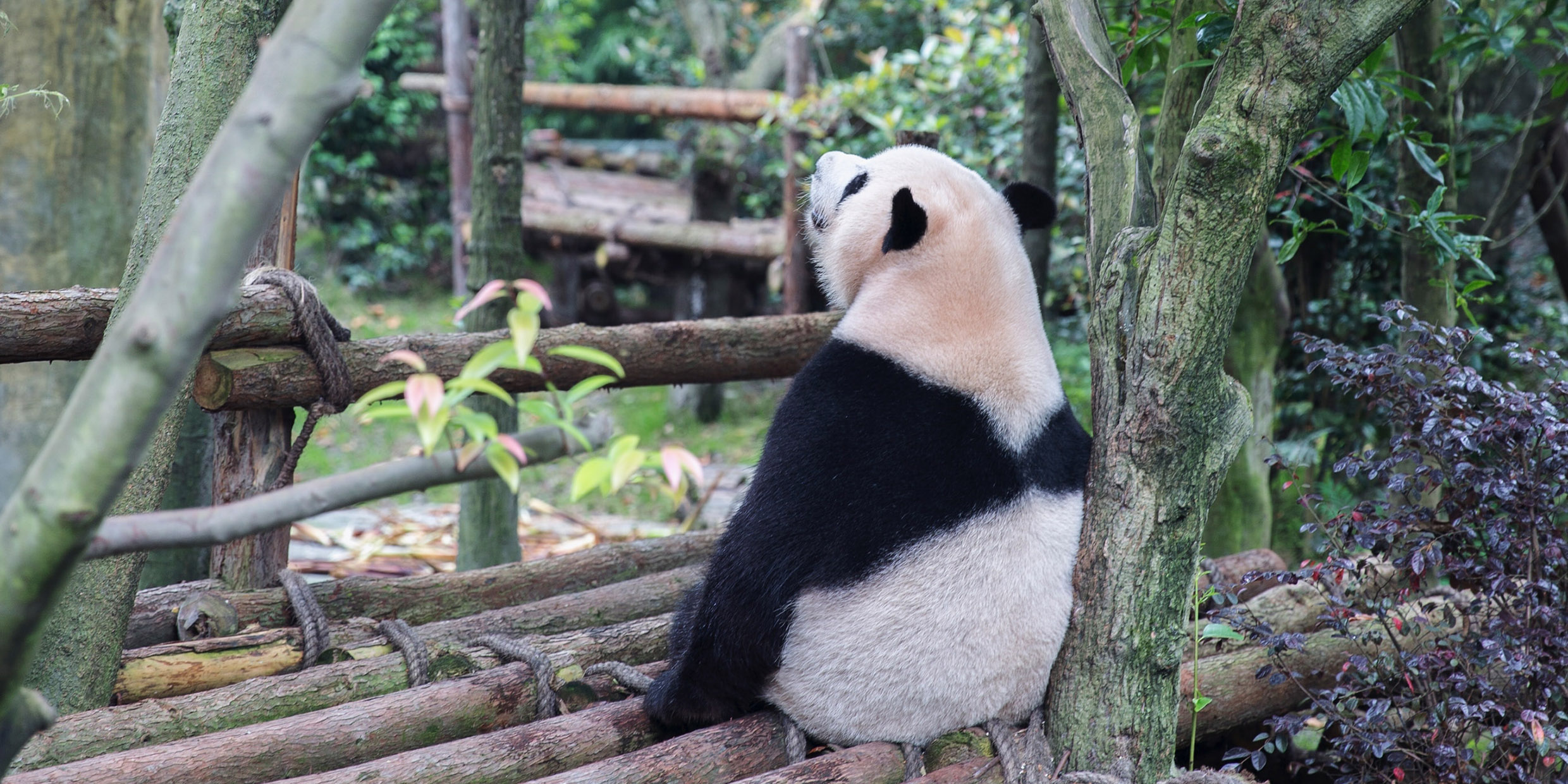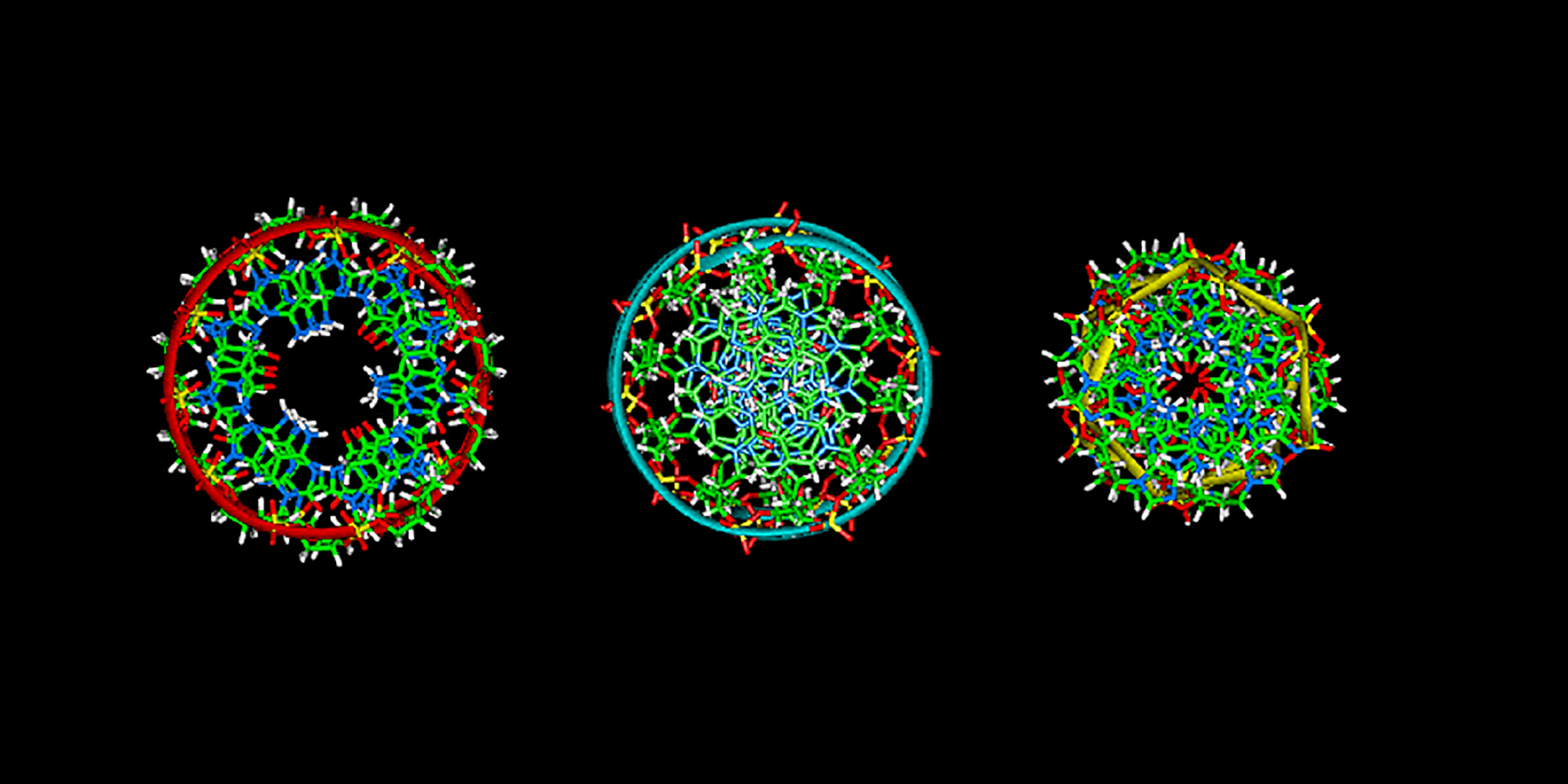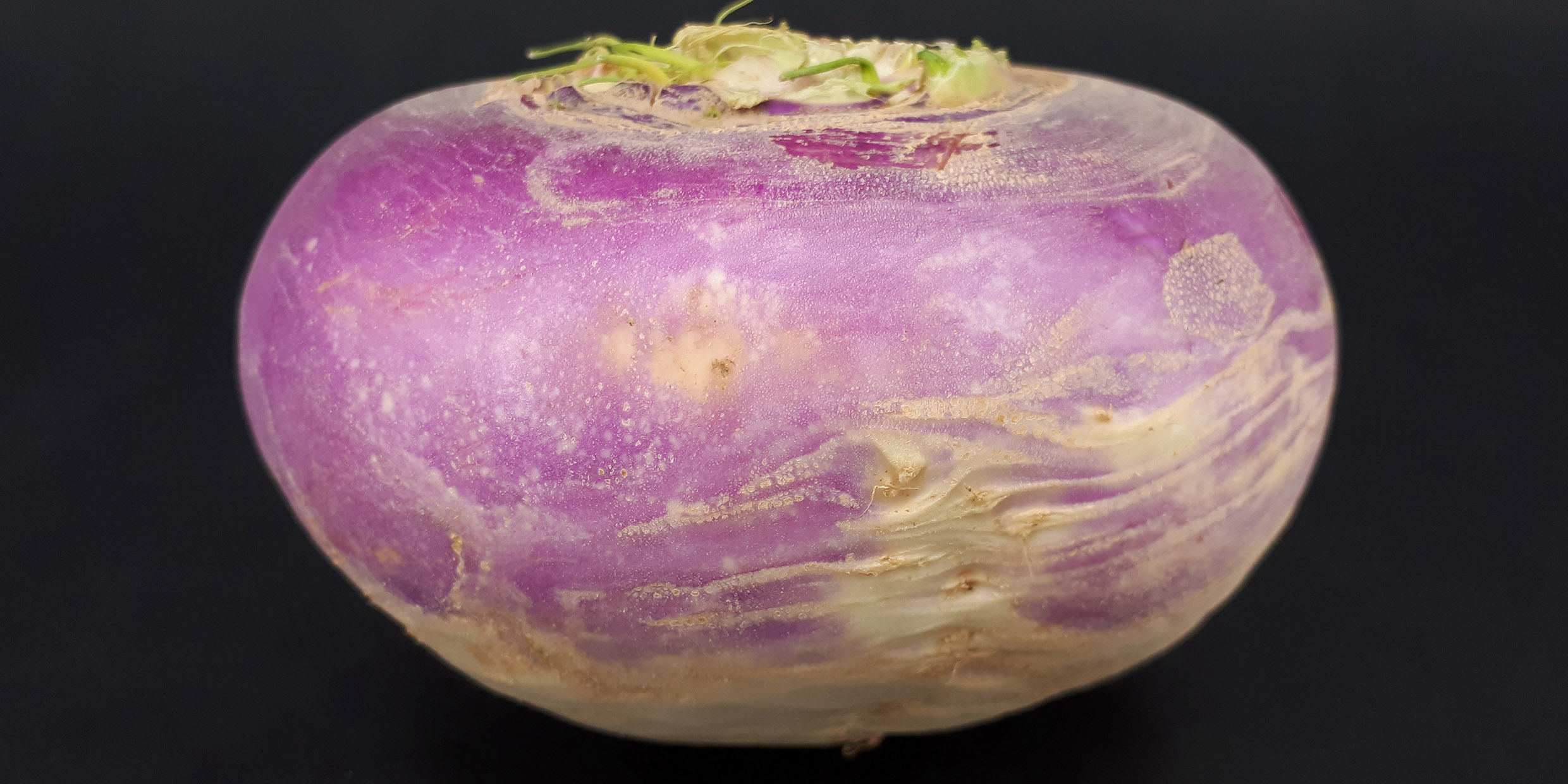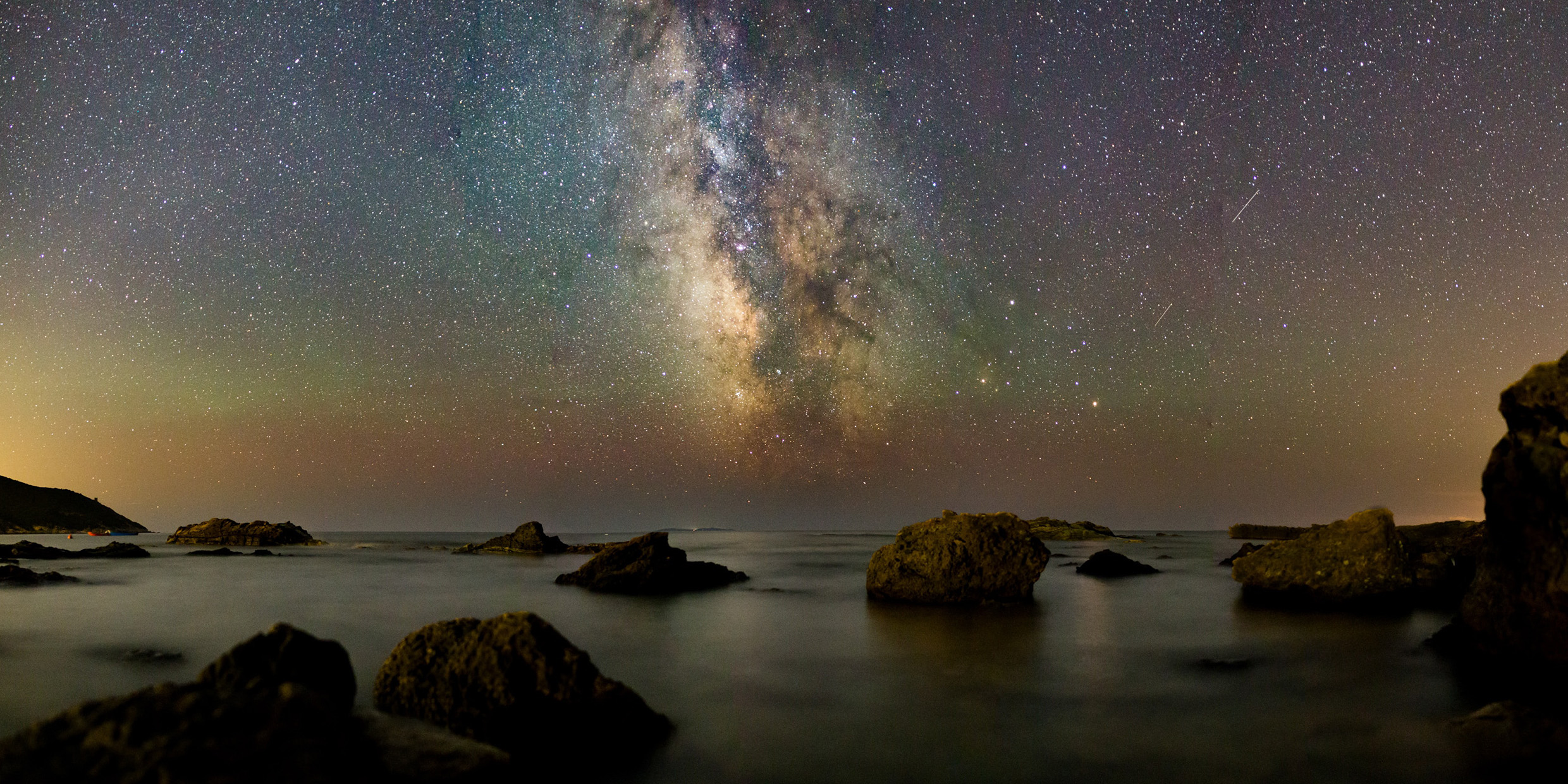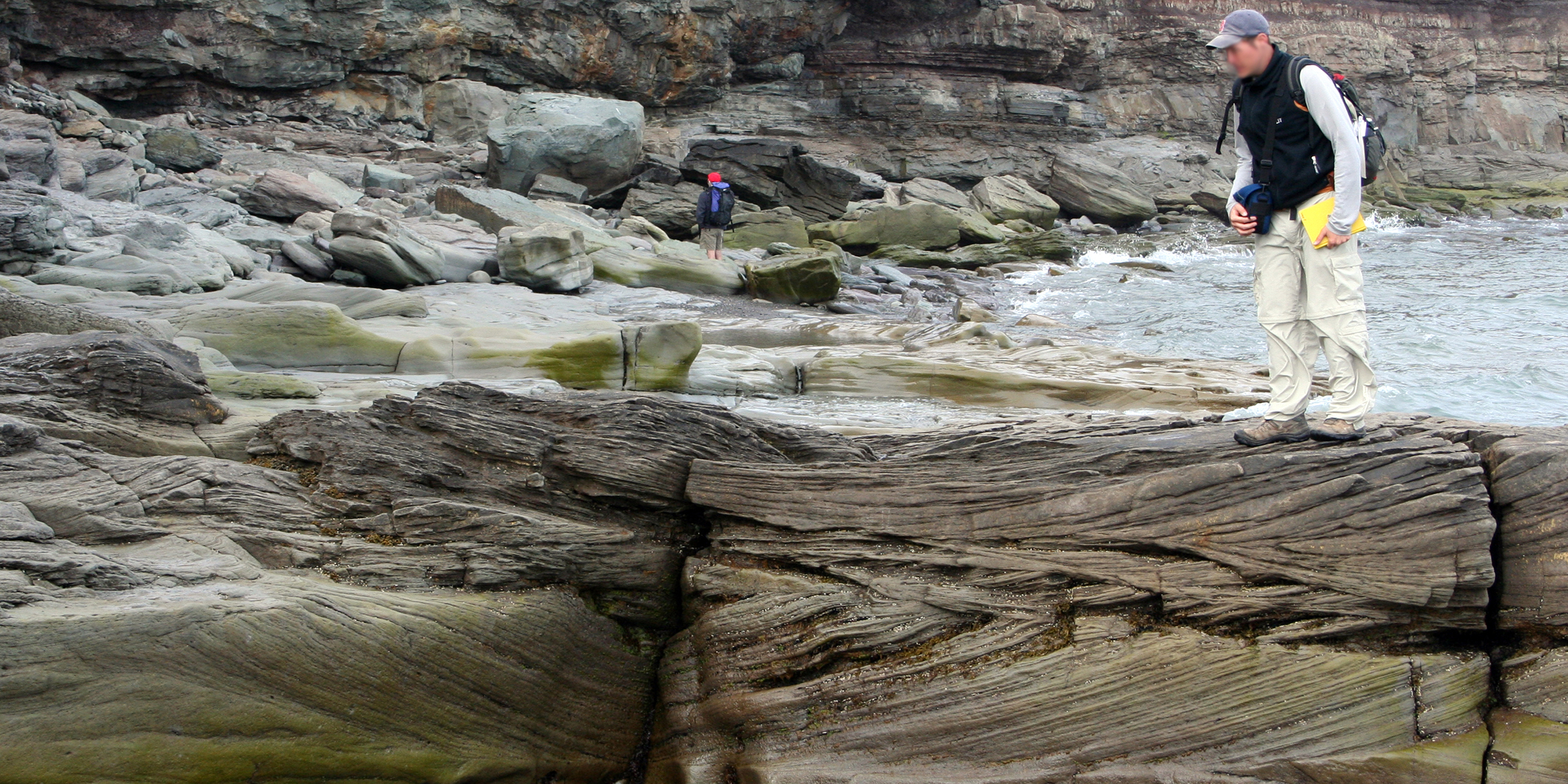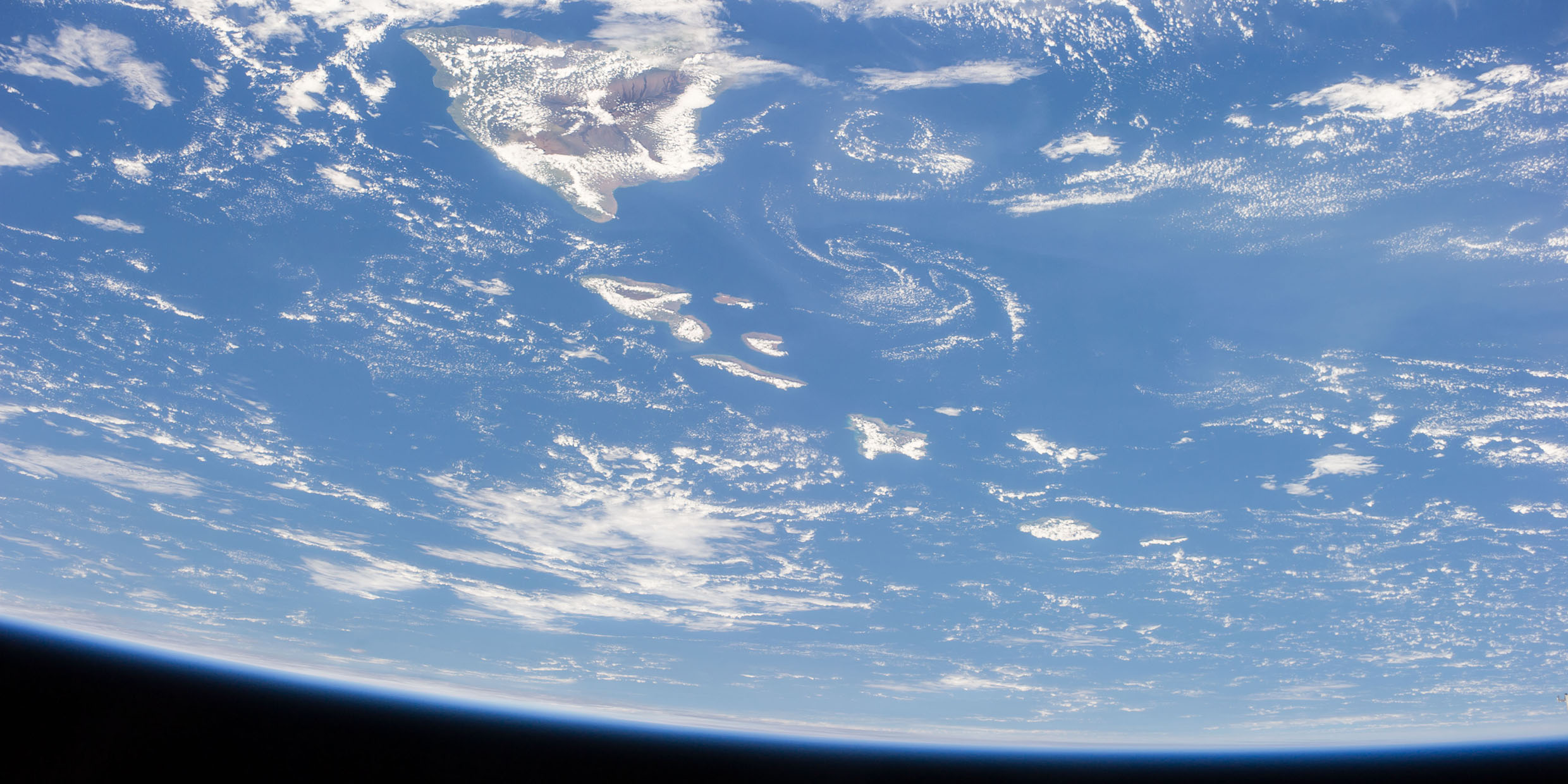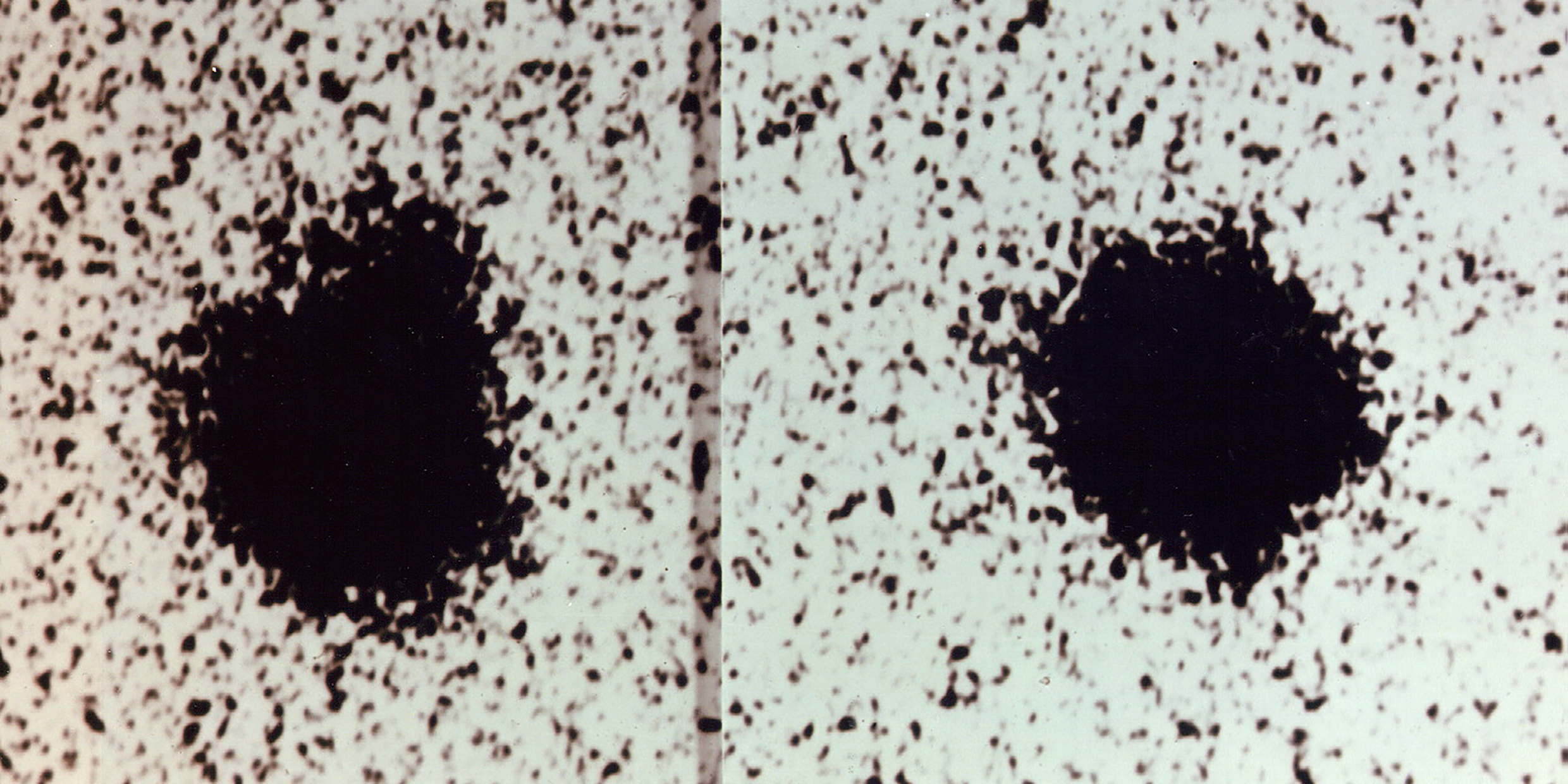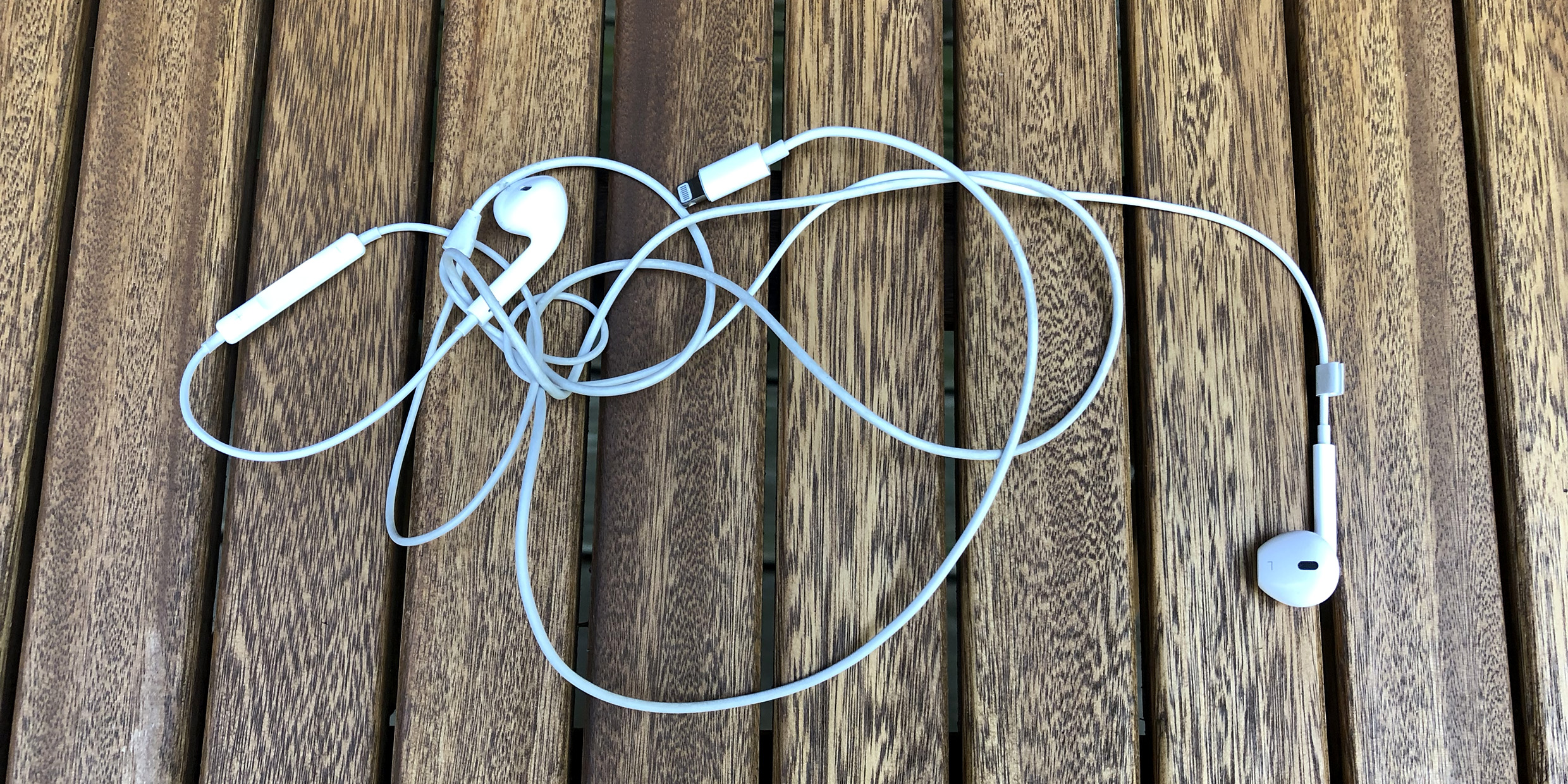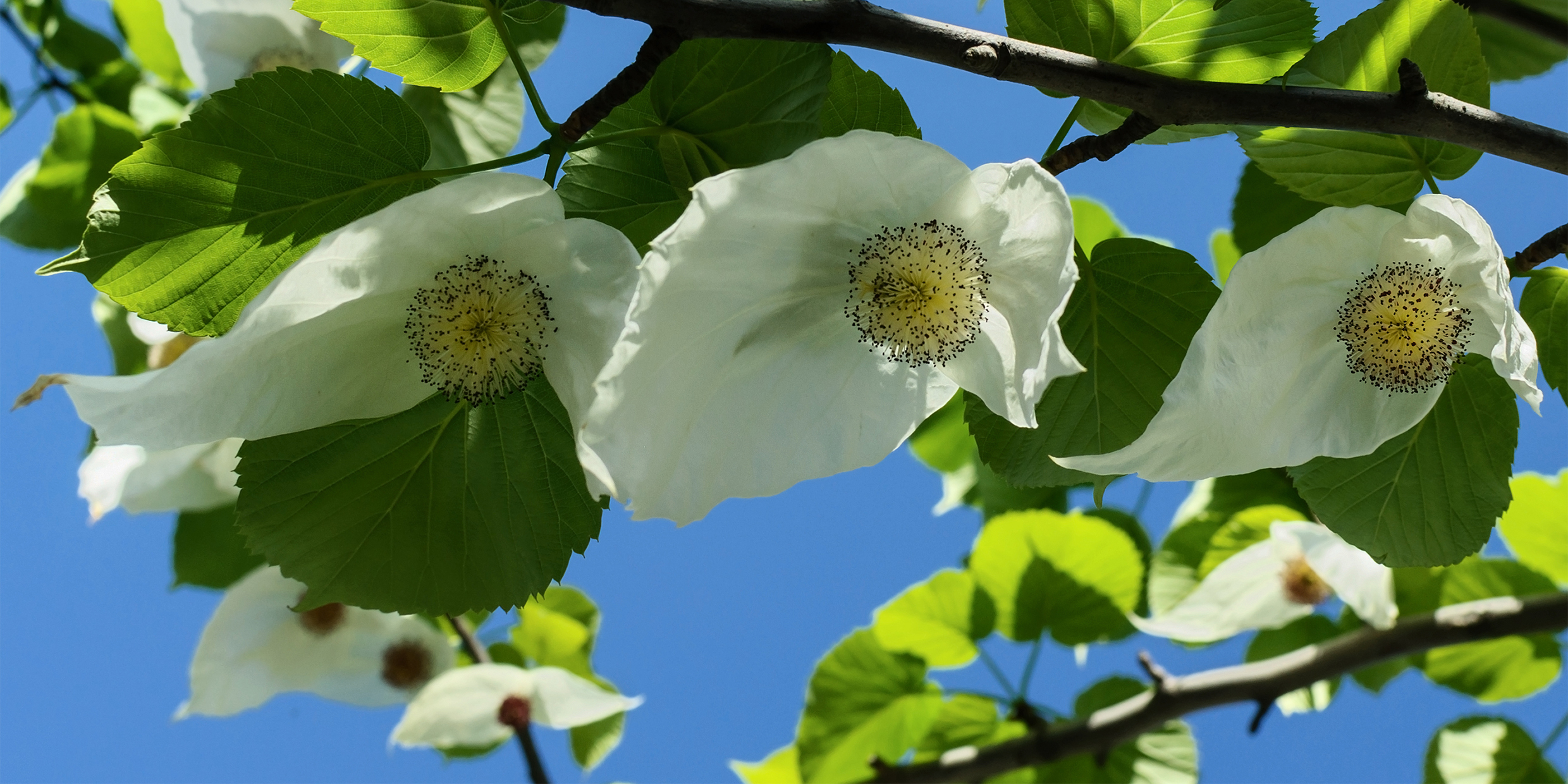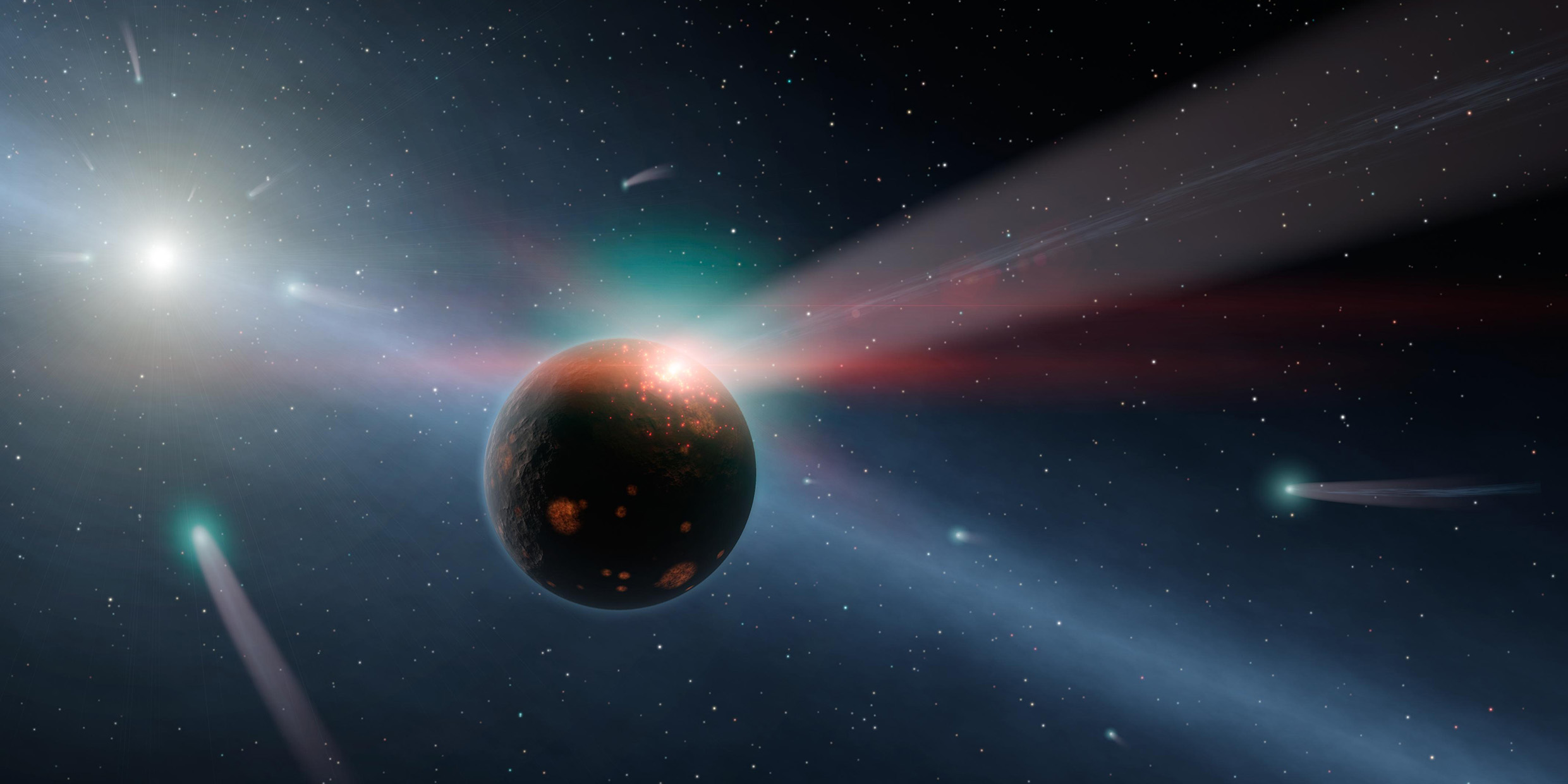Here is a surprise. The giant panda is a bear, and not — as many zoologists supposed — a raccoon. But wait, I am getting ahead of myself.
Articles with 1985
The shapes of life
In his autobiographical book The Double Helix, James Watson, the co-discoverer of the structure of DNA, tells how he came to think of the helix as the fundamental structure for that molecule. “The idea (of the helix) was so simple,” he says, “that it had to be right.”
My very distant cousin, the turnip
This much is certain: The turnip is my cousin. The hummingbird and the humpback whale are twigs on my family tree. Bacteria and viruses are my kith and kin.
The Milky Way rises like a gathering mist
For the poets of ancient China, the Milky Way was the Celestial River, “a river of stars turning in the jade vault.” Or alternatively, it was “the Great Path without a gate” that passed between heaven and Earth.
Reading the rocks
In his book Conversations with the Earth, German geologist Hans Cloos described the moment when he “became a geologist forever.” It did not happen at university. It did not happen with the passing of an exam or the awarding of a degree. It happened one morning in Naples, Italy, when Cloos opened the window of his hotel room and saw the smoking cone of Vesuvius looming above the still-sleeping city. At that moment he had the realization that motivated a lifetime of creative work in geology: The Earth is alive.
CAT scanning Earth
In geology, before the 1960s, we were taught the Earth was “as solid as a rock.” And we were told the surface of the Earth had always looked more or less the way it looks today, the same continents, the same ocean basins. Oh yes, there had been changes on the surface, crinklings and foldings that lifted mountains or cracked the crust, vertical movements mostly, like the wrinkles on the skin of an orange.
Charon may soon unveil some secrets
It has been 55 years since Clyde Tombaugh, a young assistant at the Lowell Observatory in Flagstaff, Arizona, found a smudge of light on a photographic plate that moved from night to night. That smudge was Pluto, the ninth and most mysterious member of the sun’s family.
In the space age, string still snarls
In one of H. G. Wells’ books a character asks for “a ball of string that won’t dissolve into a tangle.” Almost a century later, we have tamed the atom and sent a man to the moon, but balls of string still end up in jumbled knots.
Arduous trek through China for beauty
On the southern slope of Bussey Hill in Boston’s Arnold Arboretum there are two trees of the species Davidia involucrata. For most of the year the trees are inconspicuous. But in mid-May, at about the time the lilacs bloom, Davidia flowers. Each flower cluster has two leafy bracts that become snowy white as the flowers mature. One bract is about the size of a man’s hand, the other, half that size. When Davidia is in bloom is looks as if a thousand white doves are fluttering in the branches of the tree.
Cycle of destruction
Gershwin said it: I got rhythm. Let’s add to that: All God’s creatures got rhythm. Every bird in the air and fish in the sea got rhythm. There are daily rhythms: Roosters grow at sunrise and bats fly at dusk. There are annual rhythms: Ferns unfurl their fronds in the spring and trees go gaudy with color in the fall. And there are monthly rhythms: The moon raises tides in the sea and inspires periodic lunacy and romance.
